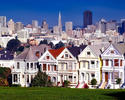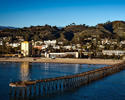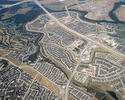America has been lazily divided by pundits into red and blue states, as if there weren’t constant movement of people between them. Fortunately, reality is a lot more purple — and hopeful — as immigrants, people of color and millennials reshape parts of America by voting with their feet and moving.
These demographic groups are migrating from the big coastal cities to the suburbs, the interior cities, the South and even parts of the Midwest. And in the process, these newcomers change both their new homes and are also changed by them. read more »






















